AATA Blog
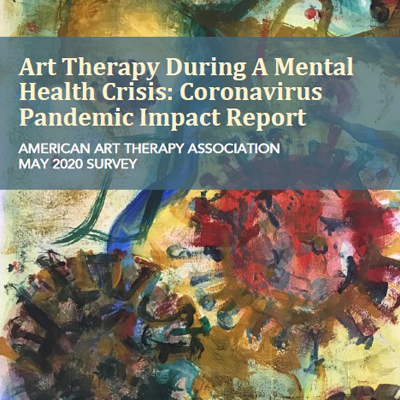
Findings from AATA’s Coronavirus Pandemic Impact Survey
August 14, 2020
To better understand how art therapists are responding to the Coronavirus pandemic and coping themselves, the American Art Therapy Association (AATA) conducted an online survey of art therapy professionals, educators, and students in May 2020. The findings offer a look into the impact of the Coronavirus pandemic on art therapists, the clients they serve, as well as access to mental health care. (Download the full report.)
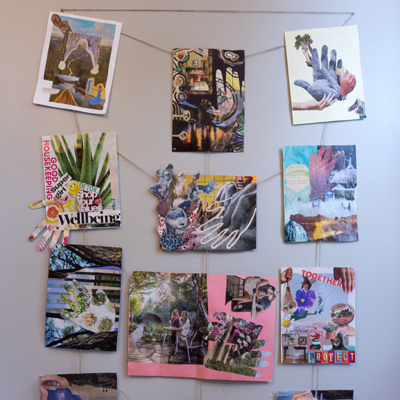
Connected While Apart: A Communal Tapestry by Domestic Violence Survivors
August 11, 2020 | By Farah S.A.
During the COVID-19 pandemic domestic violence survivors have been experiencing many hardships. Domestic violence cases have increased since the shelter-in-place order took place. Some survivors were unable to leave an unsafe living situation, while others recently left and were trying to maintain their sense of security after experiencing financial abuse prior.

A Colorful Canvas
July 30, 2020 | Louvenia Jackson
Why do we need racial diversity, equity and inclusion? Let’s think about a muslin canvas frame. Many painting frames are created for white canvases. What if the creation existed on a colored background, with many colors depicted on it? The narrative of the art changes, allowing for different perspective to arise with complexity, intrigue, and without colonization. We must not just add color to a white base; we need to change the base. One perspective cannot be the base for all others to exist or be cultivated by.
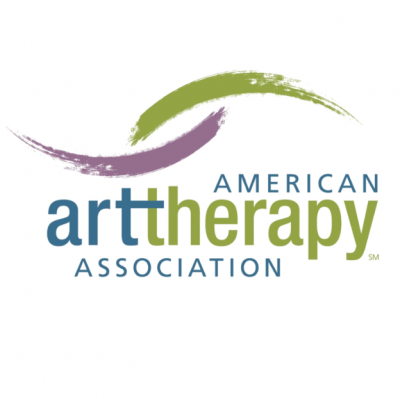
Art Therapy Licensure is Official Law in Washington, DC
July 2, 2020
The AATA is thrilled to announce that licensure of art therapists in the District of Columbia is now official law! The art therapy licensure legislation passed congressional review, the final step of the legislative process, and was assigned Law Number L23-0115 on June 24, 2020. With the Virginia license recently enacted in May of 2020, art therapy licensure is now the law throughout the entire DMV (District – Maryland – Virginia) area.

Honoring Pride and BLM: An Art Therapy Perspective
June 30, 2020 | Gabrielle Cooper
As art therapists, it is our duty to stay up to date on social issues and how they affect our clients. Black people, LGBTQIA+ people, and those with intersecting identities are especially traumatized by the videos and knowledge of the what is continuing to happen in America today. Right now is a perfect time for art therapists to show how much we care and support this movement by centering the voices of the most marginalized, evaluating our personal biases, and advocating for our clients.

An Art Therapist’s Tips to Help People with Dementia Cope during Coronavirus
May 21, 2020 | Margaret Carlock-Russo
We’ve all had to adjust our lives in many ways to protect ourselves and others during the novel coronavirus pandemic. For people living with dementia, sudden changes in daily life, social distancing, and increased hygiene precautions can produce confusion, anxiety, and isolation that may be difficult to manage. Caregivers are also impacted by added responsibilities, concern for loved ones’ safety, and may experience difficulty explaining the pandemic to their family member in an understandable manner.

Statement from the AATA Diversity, Equity, and Inclusion Committee: Revisiting our Values during the Coronavirus Pandemic
May 5, 2020 | AATA Diversity, Equity, and Inclusion Committee
As art therapists, we value the essential need for the individuals, families, and communities we serve to have access to healthcare services and treatment no matter their ethnicity, socioeconomic status, age, location, gender, disability status, and sexual orientation.
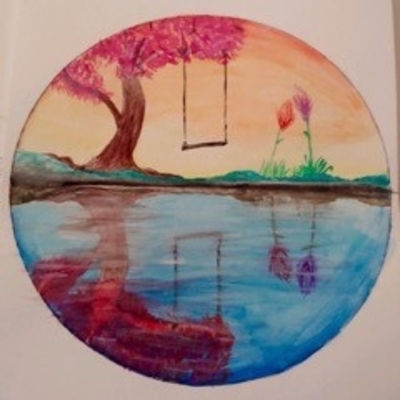
Keep the Art in Teletherapy, Shift Your View
April 28, 2020 | Barbara Robertson
In this time of “Talking Heads” teletherapy, don’t forget that you and your client both have a body, one that can be utilized in the process of making art, and perhaps more to the point, looking at art and perceiving some of what the art has to say. My first telehealth session for art therapy was scheduled with a new client, “Jan” (not her real name), whom I had seen only twice previously in my office. She began therapy with me just as word was beginning to spread that the Coronavirus had arrived in the United States. Some schools were closing, but serious social distancing rules had not yet been established.
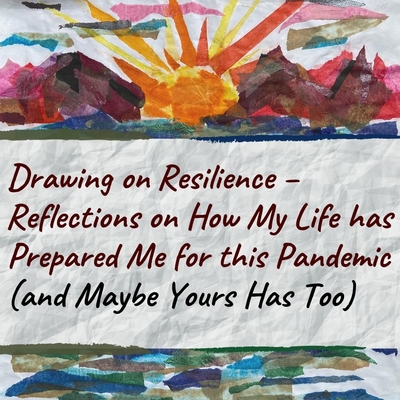
Drawing on Resilience – Reflections on How My Life has Prepared Me for this Pandemic (and Maybe Yours Has Too)
April 20, 2020 | Celeste Schexnaydre
As someone who lives with a compromised immune system, I have been inside for at least a week longer than the general public. I moved my art therapy private practice inside my home and onto a HIPAA compliant platform immediately after having a cough and wanting to protect my clients as well as myself. This wasn’t a surprise to many of them as some are aware of my health concerns. I have had to re-imagine my career frequently due to these health limitations.

As State Legislative Calendars Adjust to Prioritize Coronavirus Response, Here’s the Status of the 12 Art Therapy Bills
April 9, 2020 | Clara Keane
While the priority across the country is to protect the public and make sure other crucial legislation like state funding gets passed, most every other issue, like art therapy licensure, will have to wait for an unknown amount of time. This reality does not take away from the incredible progress we have made in our legislative efforts this year, thanks to the hundreds of art therapy advocates across the country that are paving the way for the future of the profession! Let’s take a moment to recap and celebrate the victories and the progress made this year.
